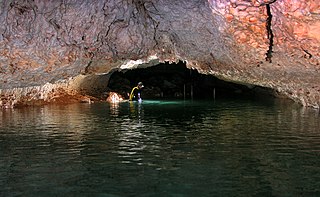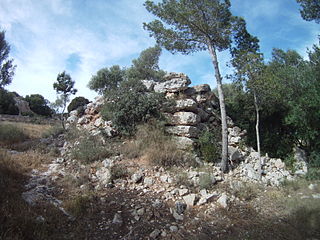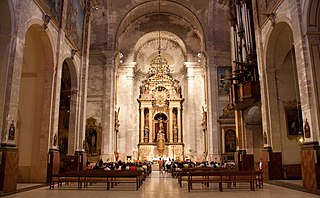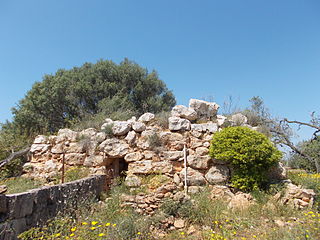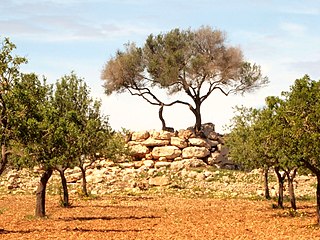6 Sights in Llucmajor, Spain (with Map and Images)
Legend
Welcome to your journey through the most beautiful sights in Llucmajor, Spain! Whether you want to discover the city's historical treasures or experience its modern highlights, you'll find everything your heart desires here. Be inspired by our selection and plan your unforgettable adventure in Llucmajor. Dive into the diversity of this fascinating city and discover everything it has to offer.
1. Cova des Pas de Vallgornera
The Es Pas de Vallgornera Cave is a natural cave of karst origin located under the Es Pas de Vallgornera residential area, on the southern coast of the municipality of Llucmajor, Mallorca, which, with a length of more than 67 km, is the most developed cavity in the Balearic archipelago. Its entrance is located about 22 m above sea level and about 400 m from the coast. It is protected by the Ministry of the Environment, of the Government of the Balearic Islands and declared a Site of Community Interest, within the Natura 2000 network, with the no. ES5310049.
2. Ceremonial enclosure of Ses Talaies de Cala Pi
The ceremonial enclosure of Ses Talaies de Cala Pi is an archeological site located in the possession of Cala Pi, next to the cove of the same name, in the south of the municipality of Llucmajor (Mallorca). In this enclosure there is a prominent diversity of old bronze buildings: a square talayot that has a height that gives it a bit of monumentality, but it is not in very good condition. A raft of water excavated in the rock, possibly of the same age as the square talayot next to which it is located. A large staggered mound that is partially dismantled characteristic of the ceremonial enclosures. A pre -Talayotic room naveta located next to the mound, among the vegetation, which was possibly reused during the talayotic. A circular talayot with numerous terraced rooms difficult to differentiate. A vaulted hallway, which possibly carried inside the circular talayot, through some terraced room. A fabric of talayotic wall of rectangular ashlars that starts from the group of constructions attached to the circular talayot in the direction of the mound, which is interrupted in several places.
3. Sant Miquel
The parish church of Sant Miquel is the most important church in Llucmajor, Mallorca, in neoclassical style with Baroque influences and lack of architectural ornaments. The construction of the parish building, seen from the outside, is characterized by its grandeur.
4. Talaiot de Son Taixaquet d'en Ramonell
The talayot of Son Taixaquet d'en Ramonell or talayot of Ramonell is a talayot of square plan, built during the period of the Talayotic culture, isolated, located right on a plot of land of the estate of Son Taixaquet, called Can Ramonell, in the municipality of Llucmajor, Mallorca.
5. Capocorb Vell
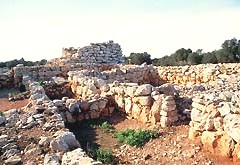
Capocorb Vell is a talayotic site located about 12 km from Llucmajor on the island of Mallorca. It is one of the most highly excavated talayotic sites in the Balearic islands. Another such site is Ses Païsses.
6. Talaiot de Capocorb d'en Jaquetó
The talayot of Capocorb d'en Jaquetó is a talayot that has been isolated from the group of which it was part, the Talayotic settlement of Capocorb Vell, in the municipality of Llucmajor, Mallorca. Its characteristics are similar to that of the three circular talayots of the settlement. Like them, it does not have the covering slabs, which were used as construction material for the road that passes right next to it at the beginning of the twentieth century. The entrance portal, which is buried by the rubble, has not been discovered. In the upper part, the internal walls can be distinguished, as well as the drum of the central column that supported the slabs. In Islamic or medieval times it was used to build a small hut.
Share
Disclaimer Please be aware of your surroundings and do not enter private property. We are not liable for any damages that occur during the tours.
